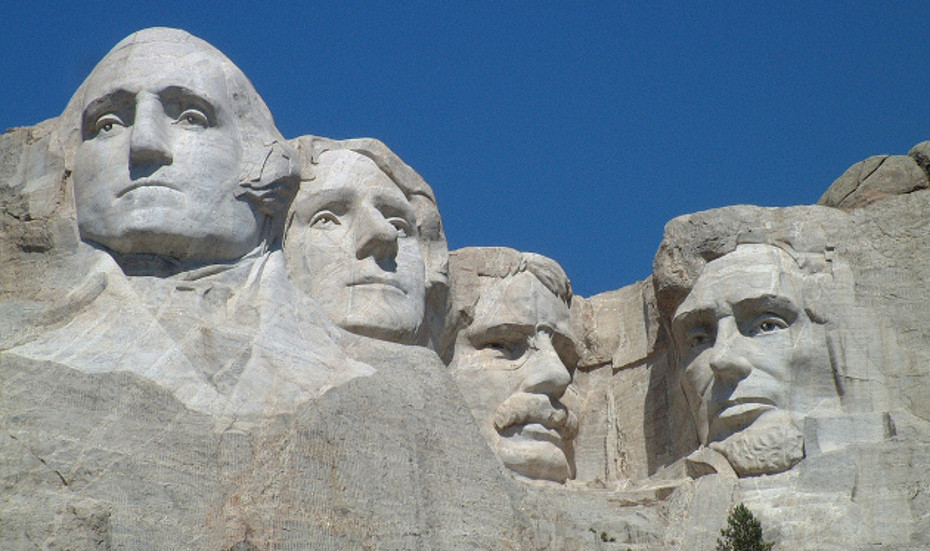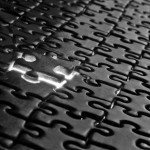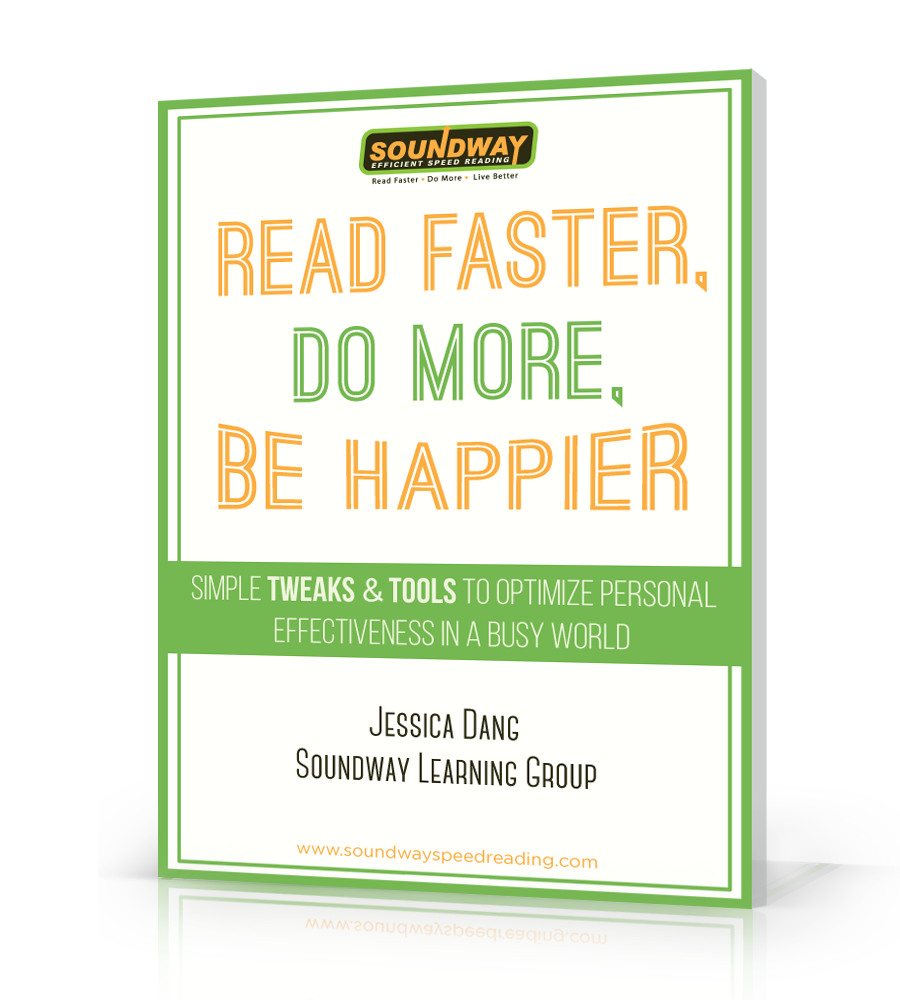S peed reading involves more than just the ability to read a vast number of words at an accelerated rate. It is interesting to note that speed reading includes the reader’s heightened ability to absorb, comprehend, and retain the information read. This gives an enormous edge to a speed reader, whether he or she is a school-going child or a working professional.
A glance at the list of speed readers throughout history unveils numerous famous names with quite a few of the more notable American presidents among them.
George Washington was well-known for his curious mind and strong intellect. As a child, he was hardly ever seen without a book in his hand. His innate thirst for knowledge meant that he wanted to learn as much as he could about everything. There is even an interesting account of him reading while horse-back riding! As an adult, he prided himself as a country-gentleman farmer, and was especially partial to reading English literature on agricultural topics. Though not very fast by the normal speed reading standards of today, he was a consistent reader, and completed all his reading without re-reading passages (known as “regressing”).
Thomas Jefferson was a very organized, disciplined reader. He strongly believed in reading with purpose, and had a planned reading schedule with selected topics and deadlines which he strictly adhered to. His daily hectic routine as President never stopped him from keeping to his reading timetable and would often force himself to complete his self-imposed assignments. This habit was the motivating factor behind Jefferson’s astounding power of focus and information retention. It is interesting to note that he actually used a clock to monitor his reading time. Over time he developed a quick but calm manner of reading which has been described as “stately, like the tick of a tall mahogany clock”.
Speed reading includes the heightened ability to absorb, comprehend, and retain information. Click To TweetAbraham Lincoln was an avid reader and is well-remembered for his self-education by candlelight when he was a young boy. He carried his self-taught reading habits all through his life as a lawyer, legislator, and President. Lincoln was almost always seen with a book in his hand, but he preferred to have his own alone time when reading, as he often read aloud because he liked to hear the words.
Theodore Roosevelt was one of the more gifted readers–he had incredible speed, even by today’s standards, and he possessed the fascinating reading quality of knowing when to skim and scan while still grasping the contents of his reading material. He has been known to finish reading three books in a day! Roosevelt had once advised his son about the best way to read Dickens saying, “The wise thing to do is simply to skip the bosh and twaddle and vulgarity and untruth, and get the benefit out of the rest.”
John F. Kennedy, perhaps the most famous among the names on this list, had many health problems as a young man, but possessed a fiercely competitive spirit. Wanting to read faster than his initial rate of less than 300 words per minute, he ardently studied speed reading techniques and eventually increased his reading speed to an impressive 1,200 words per minute. Kennedy’s specialty was in his ability to read and absorb large groups of words at a glance. True to his compassionate nature, he also encouraged his staff to adopt speed reading in their own lives.
Speed reading is not the luxury of only the rich and famous. With a little bit of coaching, anyone can learn and develop this skill. Proven methods like Soundway Efficient Speed Reading™ offers the necessary guidance you need to be well on your reading at a much quicker rate in a very short period of time.
photo credit: jimbowen0306 via photopin cc







